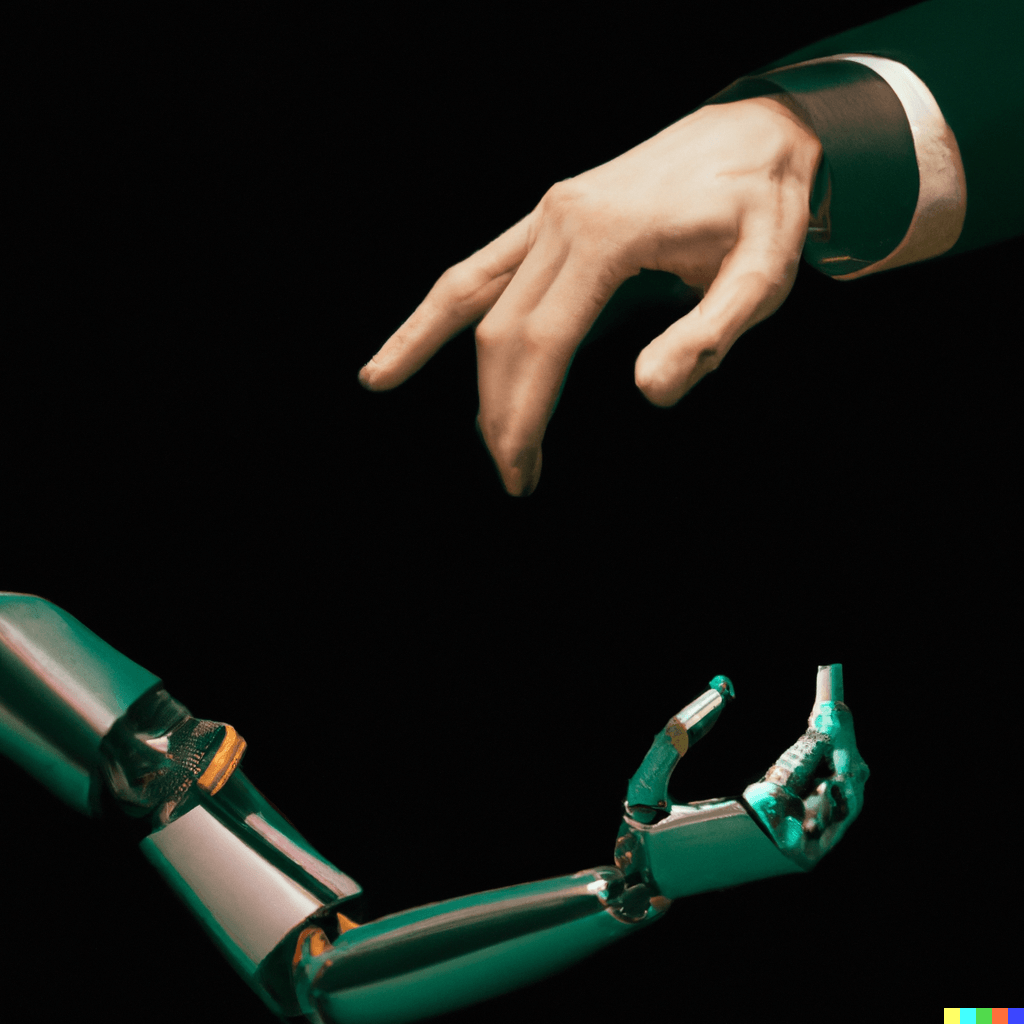The Role of Wearable Tech in Proving Personal Injury Claims
In the digital age, wearable technology, such as smartwatches and fitness trackers, has become a ubiquitous part of many people’s lives, monitoring everything from step counts and heart rates to sleep patterns and GPS locations. Beyond their everyday uses for health and fitness, these devices are increasingly playing a pivotal role in the legal world, particularly in the realm of personal injury claims. At SELPH LAW, located at 6047 Frantz Road, Dublin, OH 43017, Suite 101, we recognize the potential of wearable tech as a tool for bolstering personal injury cases, providing objective data that can substantiate claims of injury and its impacts. This blog post explores how wearable technology can be leveraged in personal injury claims, highlighting its benefits and considerations for legal use.
Wearable Tech as Evidence
Wearable technology can offer compelling evidence in personal injury cases, providing data that may otherwise be difficult to obtain. Key types of data from wearable devices that can be relevant include:
Activity Levels: Devices tracking physical activity can demonstrate changes in an individual’s mobility and physical capabilities before and after an injury.
Heart Rate: Data on heart rate fluctuations can support claims related to pain, stress, and emotional distress.
Sleep Patterns: Wearables that monitor sleep can provide evidence of sleep disturbances or disorders resulting from an injury.
Benefits of Using Wearable Tech in Legal Claims
The objective nature of data collected by wearable devices offers several benefits for personal injury claims, including:
Corroborating Testimony: Wearable tech data can corroborate the claimant’s accounts of their injury and its effects, adding credibility to subjective claims of pain or disability.
Demonstrating Impact: Longitudinal data from wearables can clearly demonstrate the injury’s impact on the claimant’s daily life, providing a before-and-after snapshot.
Quantifying Damages: Objective data can be instrumental in quantifying damages, particularly in cases where the extent of injuries might be disputed.
Legal Considerations and Challenges
While wearable tech data can be a valuable asset in personal injury claims, several legal considerations and challenges must be addressed:
Privacy Concerns: The use of personal data from wearables raises privacy issues, requiring careful navigation of laws and regulations governing data protection and consent.
Data Reliability: The admissibility of data from wearable devices in court can be contingent on demonstrating the reliability and accuracy of the devices used.
Interpretation of Data: Expert testimony may be necessary to interpret wearable tech data accurately, understanding its relevance and limitations in the context of the injury claim.
Strategies for Incorporating Wearable Tech into Personal Injury Claims
To effectively incorporate wearable tech data into personal injury claims, claimants and their legal representatives should:
Preserve Data: Ensure that data from wearable devices is backed up and preserved as soon as possible after an injury occurs.
Seek Legal Guidance: Consult with legal professionals experienced in handling personal injury claims and familiar with leveraging technology in legal contexts.
Prepare for Scrutiny: Be prepared for the opposing side to scrutinize and challenge the data, requiring a robust strategy for establishing its validity and relevance.
How SELPH LAW Can Help
At SELPH LAW, we are at the forefront of integrating technology into legal strategies for personal injury claims. Our team can assist you by:
Evaluating Evidence: Assessing the potential of wearable tech data to support your claim and advising on the best approach to collecting and preserving this evidence.
Navigating Legal Challenges: Addressing the legal considerations associated with using wearable tech data, from privacy issues to questions of admissibility.
Advocating on Your Behalf: Leveraging all available evidence, including data from wearable technology, to build a compelling case and advocate for your rights and compensation.
Conclusion
As wearable technology continues to evolve, its role in personal injury claims is becoming increasingly significant, offering a new avenue for substantiating claims and achieving justice for injured parties. By understanding the benefits and legal considerations of using wearable tech data, claimants can strengthen their cases and improve their chances of a favorable outcome. If you’re exploring a personal injury claim and believe wearable tech data could support your case, contact SELPH LAW at (614)-453-0971. Our experienced team is ready to guide you through the process, ensuring that you leverage every available tool to secure the compensation you deserve.
Sub Categories
Recent Articles
-
 Apr 21, 2024How to Sue a Fast Food Company: A Step-by-Step Guide
Apr 21, 2024How to Sue a Fast Food Company: A Step-by-Step Guide -
 Apr 12, 2024Sue-ing Nothing Part 5: Legal Expeditions into the Absurd
Apr 12, 2024Sue-ing Nothing Part 5: Legal Expeditions into the Absurd -
 Apr 12, 2024Sue-ing Nothing Part 4: Legal Wanderings into the Realm of the Unfathomable
Apr 12, 2024Sue-ing Nothing Part 4: Legal Wanderings into the Realm of the Unfathomable -
 Apr 12, 2024Sue-ing Nothing Part 3: Legal Quirks and Quests Beyond Imagination
Apr 12, 2024Sue-ing Nothing Part 3: Legal Quirks and Quests Beyond Imagination

